A Laboratory Guide for Identification of Plant Pathogenic Fungi
Contents: 1. The Fungi: A dreaded pathogen for crop plants. 2. Microscopy of fungal specimens. 3. Glossary used in the identification of fungi. 4. Identification of fungi causing soil borne diseases. 5. Identification of fungi causing diseases near the collar region. 6. Identification of fungi causing foliar diseases. 7. Identification of fungi causing stem/ twig diseases. 8. Identification of fungi causing inflorescence diseases. 9. Identification of fungi causing fruit diseases. 10. Identification of fungi causing grain/seed diseases. 11. Identification of fungi causing post-harvest diseases in transit and storage. 12. Isolation of fungal pathogen for culturing and identification. 13. Testing pathogenicity of fungal cultures (Koch’s postulates). 14. Molecular Techniques in the identification of fungal cultures.
The book "A Laboratory Guide for Identification of Plant Pathogenic Fungi" is an indispensable resource for educators and students in the fields of botany, forestry, agriculture, vegetable sciences, silviculture, fodder, and pasture science, as well as those studying fungi that infect plants and crops for accurate identification. This comprehensive guide includes 14 chapters that cover fundamental fungal structures such as various types of mycelia, septa, sexual and asexual spores, sexual and asexual fruiting bodies, and specialized fungal structures for fungal genera and species. Additionally, it summarizes the different types of fungal disease symptoms on various plant parts, including the root, collar region, stem and twig, leaves, inflorescence, flower, and seed, along with the fungal genera and species responsible for causing them.
The book also provides information on the morphological characteristics used for fungal identification and the molecular techniques employed in such identification. As a result, this book is a crucial tool for identifying plant pathogenic fungi, and its absence previously hindered the practical training of students in many academic institutions. The availability of this resource will help to overcome this training deficit.
Get it now and save 10%
BECOME A MEMBER

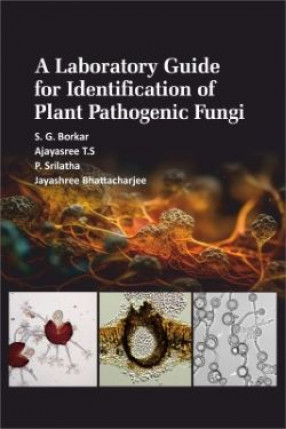
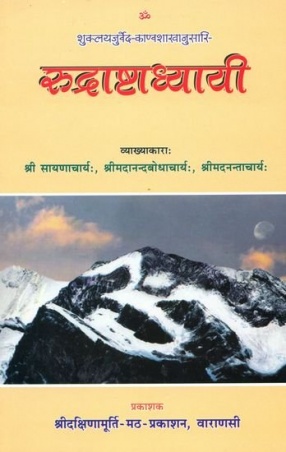
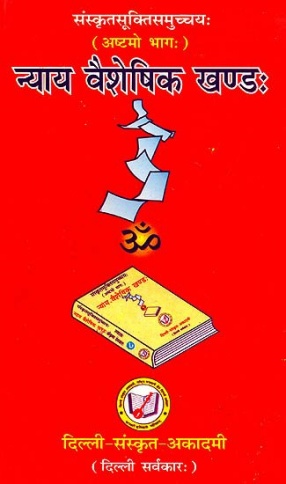
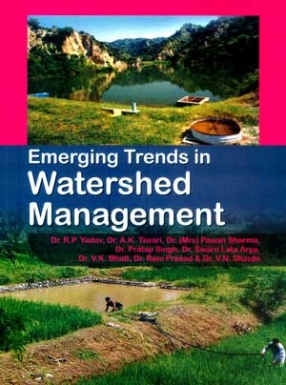
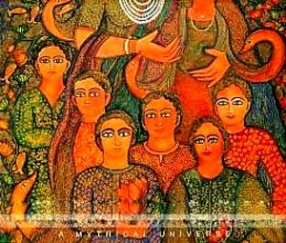





Bibliographic information
Ajayasree T S
P. Srilatha
Ors.